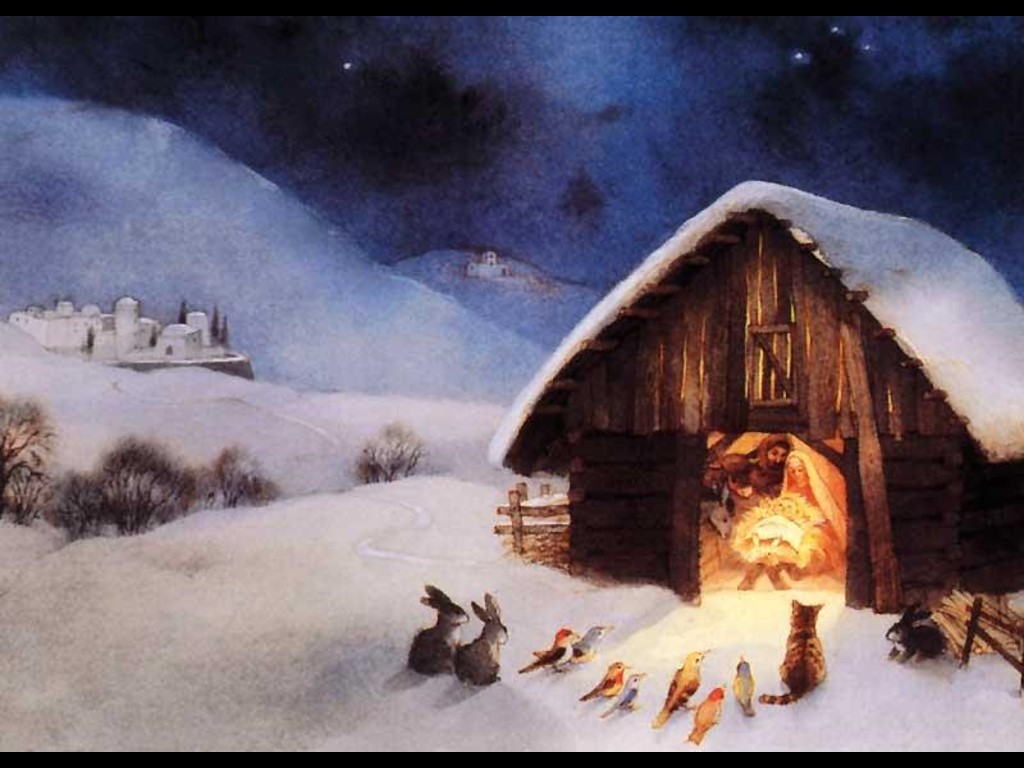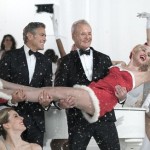History of the American Christmas Tree
The story of Christmas trees in America usually takes us down the path of Hessian soldiers who showcased Christmas trees to George Washington’s troops during his famous Christmas trek across the Delaware.
Historians explain that Christmas trees found their popularity in Pennsylvania over the ensuing 60 years in America as German settlers made them a permanent part of the American Christmas tradition. Others explain that Queen Victoria’s gaily decorated Christmas tree featured in newspapers and magazines of the 1840s and 1850s also gave rise to the use of evergreens in American holiday celebrations.
All this is certainly true.
But there is one other element of Christmas trees in the 19th Century that rarely gets credit for establishing Christmas trees as the iconic symbol of the American holiday season. Like so many parts of 19th century American culture it had everything to do with the public debate over slavery.
The ink was not dry on the American Constitution before the issue of slavery was pushed to the forefront of American debate. The American Civil War was fought long before things came to a head on the American homeland in the 1860s. The debated raged between North and South for decades.
In the early 1830s an abolitionist group called the Massachusetts Anti-Slavery Society — African-Americans and whites, men and women – saw Christmas as an opportunity to expose a hypocritical republic that proclaimed liberty for all yet held millions of African men, women and children captive in slavery.
Largely driven by disenfranchised voters in the form of American women they organized around Christmas a series of Christmas bazaars that sold gifts with anti-slavery themes. Of utmost concern to organizers were the unlawful rape of slave women and the brutal work conditions imposed on slave children. They attempted to bring to light these topics through their activities.
At first these events were shunned by a “civilized” society that considered the topic too sensitive for public disclosure. The media of the day labeled abolitionist gatherings “promiscuous assemblies” and denounced male supporters as “Aunt Nancy men.” Yet, even in the face of verbal and physical attacks, anti-slavery men and women persisted. After some meetings, women linked arms, black and white, and surrounded their men to protect them from angry mobs.
To penetrate the Northern conscience, the organization compared the common practice of whipping children as discipline — which was beginning to gain widespread disapproval — to the brutal whipping of enslaved men, women and children, which the media largely had hidden from public view.
The women turned the Christmas holiday into a time for generous gift-giving that rewarded children. By emphasizing this kind treatment of children, the women asked Americans to accept that enslaved people, who had even fewer rights than children, deserved Christian care and generosity, too.
Though the Christmas fairs were a primary source of fundraising for the cause they also went far in moving forward the growing elements of the season in American society. Christmas cards were sold, Christmas carols were performed and central to decorating for the event was a curious evergreen shrub — later to be known as the Christmas tree — decorated with festive colors and symbols of both Christmas and freedom.

Charles Follen
That Christmas, popular British author Harriet Martineau visited Follen’s home and became entranced by his towering evergreen. Martineau enthusiastically described Follen’s “Christmas tree” in one of her books and the public became enthralled, too. The Christmas tree stood as a kind of tall green freedom flag.
The story of Martineau visiting Follen goes like this:
Follen, remembering the German Christmases of his youth and wishing to recreate the magic and beauty of a decorated tree for his young son, went out into the woods near his home and cut down a small fir. The tree was set in a tub and its branches hung with small dolls, gilded eggshells, and paper cornucopias filled with candied fruit. The tree was illuminated with numerous candles.
Martineau describes the unveiling of the tree at the Follens’ Christmas party: “It really looked beautiful; the room seemed in a blaze, and the ornaments were so well hung on that no accident happened, except that one doll’s petticoat caught fire. There was a sponge tied to the end of a stick to put out any supernumerary blaze, and no harm ensued. I mounted the steps behind the tree to see the effect of opening the doors. It was delightful. The children poured in, but in a moment every voice was hushed. Their faces were upturned to the blaze, all eyes wide open, all lips parted, all steps arrested.”
While Follen was certainly NOT the first person to have Christmas tree in America his notoriety in the American media for his abolitionist activities certainly connects him to the history of the Christmas tree in America. Follen’s cause — and his role as a father attempting to bring Christmas magic to his own child — captured the public’s imagination.
Follen’s contribution to American Christmas history is celebrated every year at the very church where he was a founding minister of the Unitarian Church in Lexington, Massachusetts. The church sells Christmas trees every holiday season and reminds the world of Follen’s place in not only making Christmas history but in advancing the rights of children and abolishing slavery.












Wow it was really good…